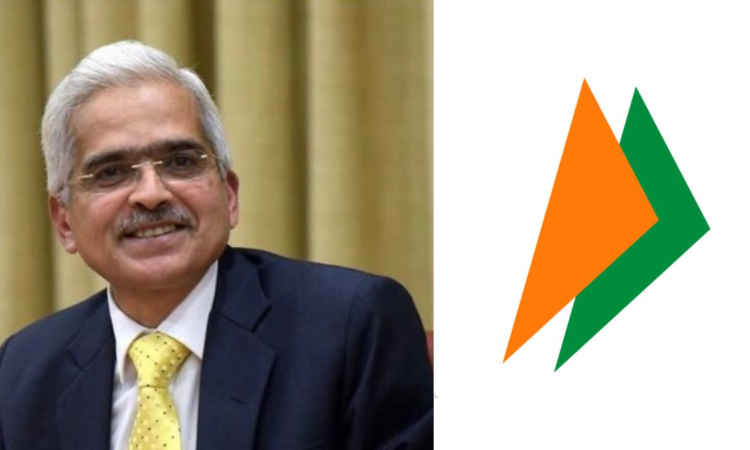RBI introduces new features to UPI: India Inc hails change, calls it pathbreaking – The Indian Express

UPI, India’s go-to method for digital payments, is getting a major upgrade with several new features. These are headlined by Conversational Payments, a new way to make payments by chatting with AI-powered systems.
But there’s more. RBI governor Shaktikanta Das announced other new features for UPI at the Monetary Policy Committee (MPC) meeting on Thursday. Here’s a summary.
With the goal of harnessing cutting-edge technology to enhance digital payments, NPCI plans to introduce ‘Conversational Payments’ on UPI, enabling users to engage in conversation with AI-powered systems to make payments in a safe and secure environment.
This feature will work on both smartphones and feature phones, helping to increase digital penetration in the country, Das said. It will be available in Hindi and English at first, and then in more Indian languages later. NPCI will receive instructions from RBI soon.
While exact details on how conversational payments will work were not shared, it’s likely that NPCI will likely push for the inclusion of an AI chatbot like ChatGPT to help users with payments.
RBI has also proposed to increase the per transaction limit for UPI Lite to Rs 500 from Rs 200 in offline mode. Currently, RBI has set a limit of Rs 200 per transaction and Rs 2,000 per payment instrument for small value digital payments in offline mode, including for National Common Mobility Card (NCMC) and UPI Lite.
Since this channel does not require two-factor authentication, it enables faster, more reliable, and contactless payments for small-value transactions and transit payments.
“There have been demands for enhancing these limits. To encourage wider adoption of this mode of payments and bring in more use cases into this mode, it is now proposed to increase the per transaction limit to Rs 500,” Das said.
However, the overall limit remains at Rs 2,000 to limit the risks associated with relaxing two-factor authentication. RBI will issue instructions regarding this soon as well, he added.
Das has also announced offline UPI payments using near-field communication (NFC) technology through UPI Lite. This will make payments easier, as users will only have to tap their smartphone on the point-of-sale (PoS) machine.
“To promote the use of UPI-Lite, it is proposed to facilitate offline transactions using NFC technology. This feature will not only enable retail digital payments in situations where internet or telecom connectivity is weak or not available, it will also ensure speed, with minimal transaction decline,” the MPC statement said.
The new features by NPCI are seen as a tool that will fuel digitalisation in rural and remote areas, while also improving accessibility to seamless payments.
“While the specifics remain largely unclear, the Conversational AI tool seems to be focused on transcending literacy barriers by providing a vernacular-language-speaking real-time assistant to help users with payments being made through UPI. Notably, the offline payment mode (and increase in limits therefore) also acknowledges the lack of access to the internet and infrastructure in rural areas and is a need of the hour to support the digitalisation of payments. As limits are being increased, it will become even more critical to ensure the security and authenticity of such transactions to avoid misuse,” said Shreya Suri, partner, IndusLaw.
These new features are also expected to democratise financial services and payments in the country.
“RBI’s announcement on new UPI features such as conversational payments is a great step towards improving accessibility of digital payments in India. The introduction of NFC-based payments will introduce tap and pay option for UPI users which is an exciting development to look forward to. This should further democratise financial services and payments in the country which is very heartening to see,” said Sanjay Khan Nagra, partner, Khaitan & Co.
While support for NFC is a step in the right direction, the technology is still mostly limited to phones that cost over Rs 20,000, making it unaffordable for a larger part of India’s population. However, some are confident that its addition to the UPI infrastructure will boost the adoption of NFC in smartphones.
“With UPI becoming ubiquitous and the advent of more smartphones, NFC is only a matter of time before it reaches mass adoption. Since NFC is still in its infancy, UPI Lite adoption could take some time to scale. On the other hand, merchants will have to upgrade their acceptance infrastructure for NFC, which they are happily supporting through QR,” said Ravi Battula, vice president of merchant acquiring business, Wibmo (a PayU company).
How student movements shaped Indian politicsPremium Story
A perfect drive? Only in your dreamsPremium Story
Down the Mekong into Khmer PastPremium Story
Personhood status for animals?Premium Story
Capturing the changing nature of Bengal through photographsPremium Story
A family road trip across Uttar PradeshPremium Story
Expert Explains: How the Northeast was ‘invented’, 52 years agoPremium Story
India's dark chocolate market: Who is taking the biggest bite?Premium Story
Reinventing Crawford: Inside one of Mumbai's oldest marketsPremium Story
Zohaib is a tech enthusiast and a journalist who covers the latest trends and innovations at The Indian Express's Tech Desk. A graduate in Computer Applications, he firmly believes that technology exists to serve us and not the other way around. He is fascinated by artificial intelligence and all kinds of gizmos, and enjoys writing about how they impact our lives and society. After a day's work, he winds down by putting on the latest sci-fi flick. • Experience: 3 years • Education: Bachelor in Computer Applications • Previous experience: Android Police, Gizmochina • Social: Instagram, Twitter, LinkedIn … Read More 

 Zohaib AhmedZohaib is a tech enthusiast and a journalist who covers the latest tre… read more
Zohaib AhmedZohaib is a tech enthusiast and a journalist who covers the latest tre… read more







